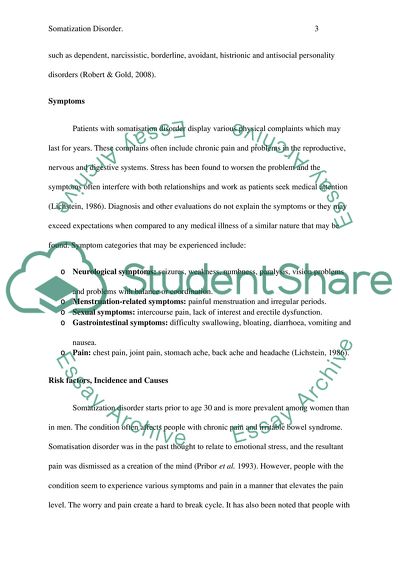Cite this document
(“Somatization Disorder Research Paper Example | Topics and Well Written Essays - 1000 words”, n.d.)
Somatization Disorder Research Paper Example | Topics and Well Written Essays - 1000 words. Retrieved from https://studentshare.org/health-sciences-medicine/1798638-somatization-disorder
Somatization Disorder Research Paper Example | Topics and Well Written Essays - 1000 words. Retrieved from https://studentshare.org/health-sciences-medicine/1798638-somatization-disorder
(Somatization Disorder Research Paper Example | Topics and Well Written Essays - 1000 Words)
Somatization Disorder Research Paper Example | Topics and Well Written Essays - 1000 Words. https://studentshare.org/health-sciences-medicine/1798638-somatization-disorder.
Somatization Disorder Research Paper Example | Topics and Well Written Essays - 1000 Words. https://studentshare.org/health-sciences-medicine/1798638-somatization-disorder.
“Somatization Disorder Research Paper Example | Topics and Well Written Essays - 1000 Words”, n.d. https://studentshare.org/health-sciences-medicine/1798638-somatization-disorder.


